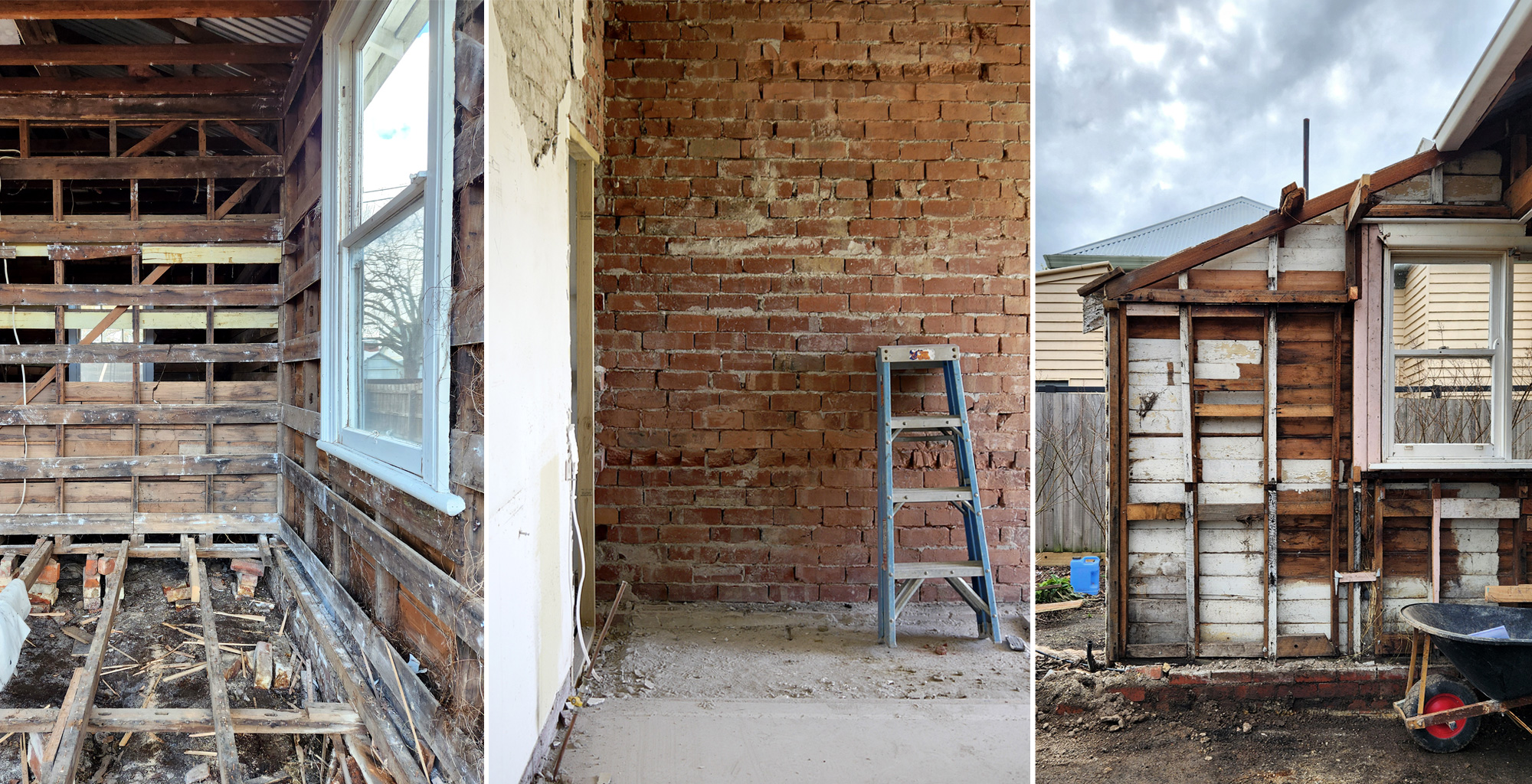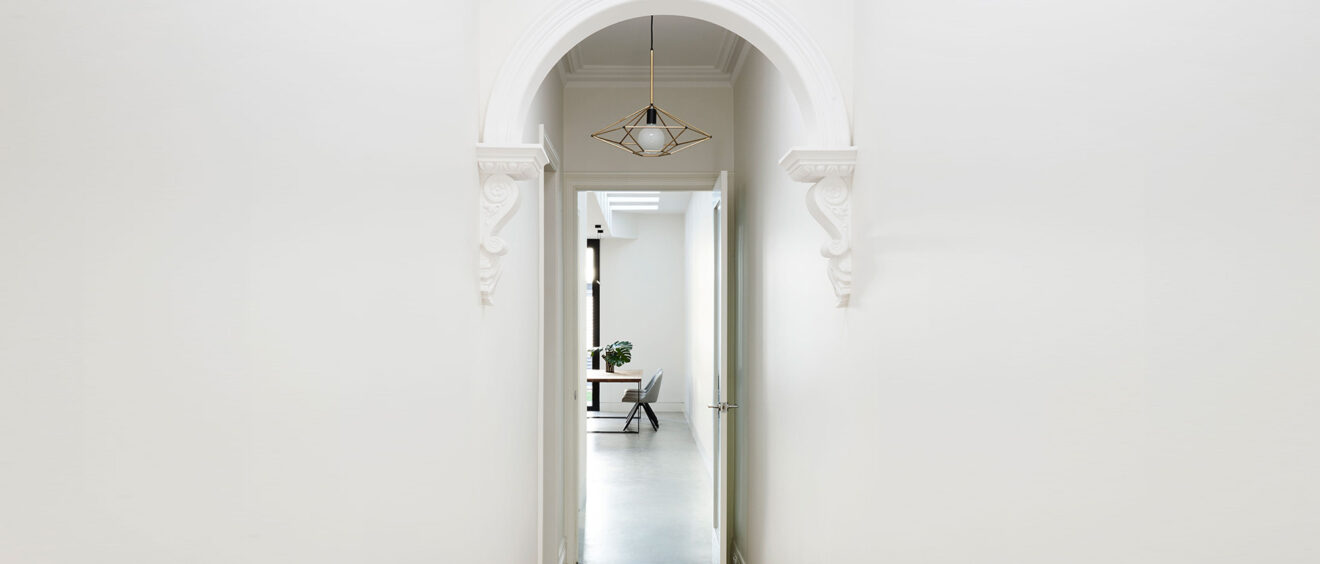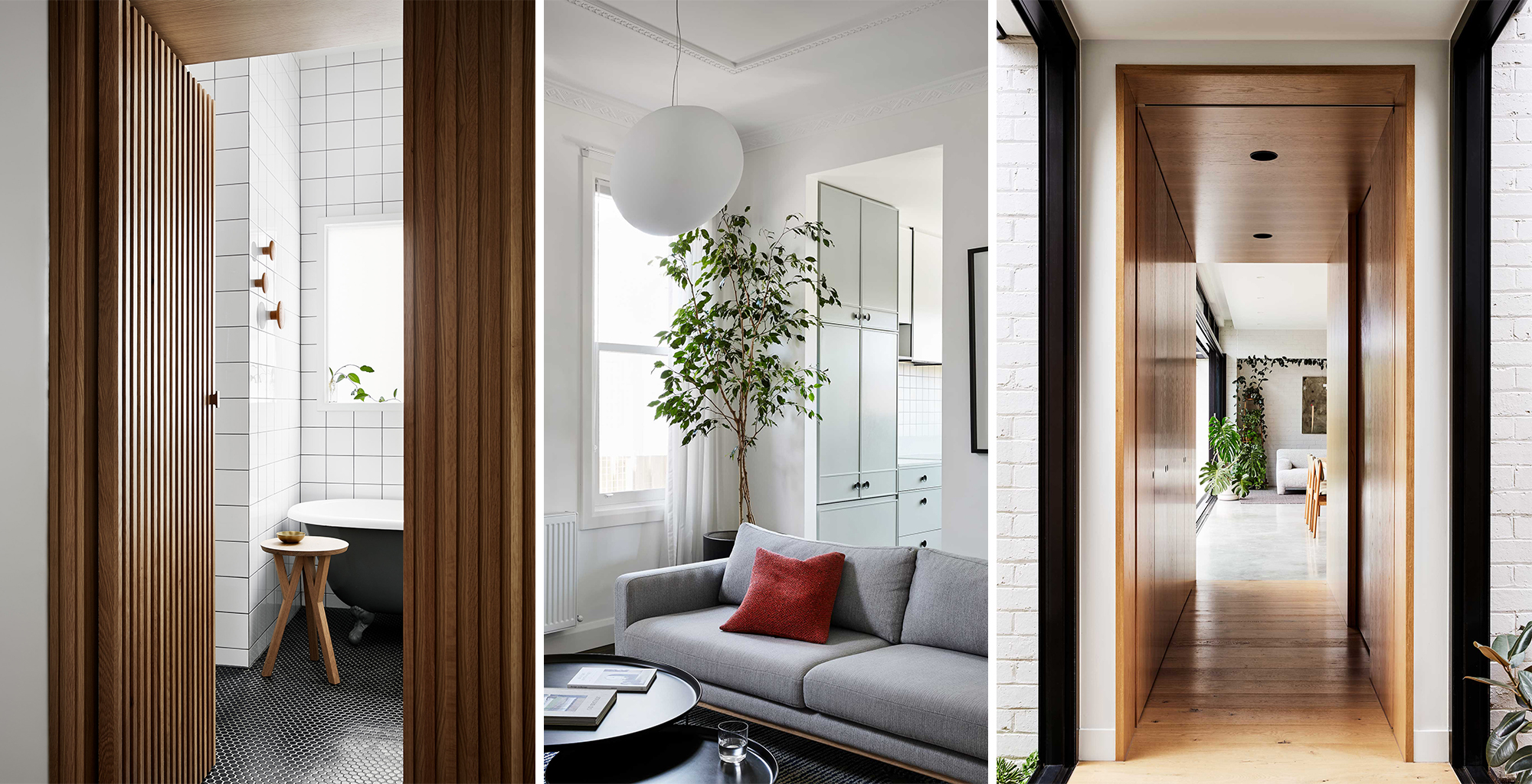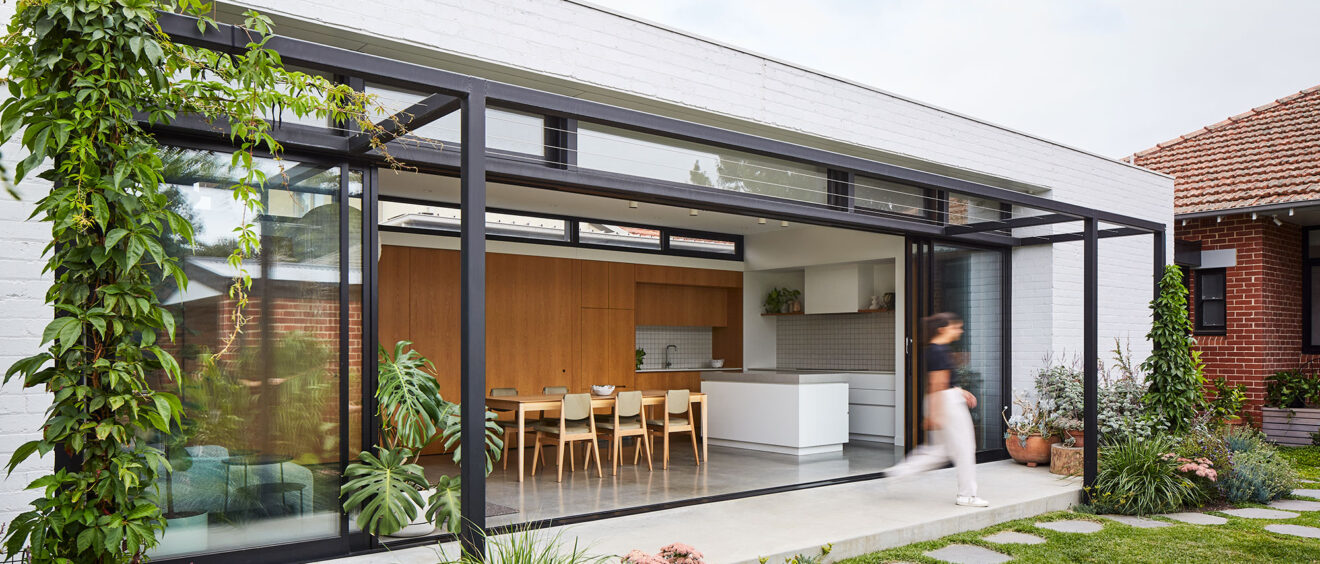Celebrating the Charm and Challenges of Heritage Homes
You know the saying:
“They don’t build them like they used to!”
This is true, but to be honest, I’m not mad about it.
I love the many and varied old houses that make up our streetscapes. We have had the privilege of working with clients around Melbourne and rural Victoria on homes from many different decades. These homes often have beautiful proportions and a depth of texture and detail that comes through years of life and occupation. Every project is a chance to preserve a part of this history and breathe new life into a building, re-imagining it as the perfect home for a new family.
Updated Building Standards
Renovating and building your heritage home is an incredibly rewarding experience, but it’s important to understand the challenges that come with it. One hurdle that is often overlooked is the hidden condition of existing buildings.
Did you know that the first centrally controlled Victorian building regulations were only established in 1940, and a nationally consistent building code was not released until 1988!?
Along with periods of labour shortages and limited material supply, it is no wonder that once we start to work on old building, we often find some rather questionable construction techniques.

Navigating the Unknown: Uncovering the True Condition
This is where working with a designer or Architect with experienced in heritage projects becomes invaluable.
We make it a priority to identify as many potential construction issues as possible before work begins on-site. During our initial investigations, we look for signs of what needs repair or upgrade. Cracks in the wall or ceiling, uneven floors, old wiring or plumbing and rotten timber elements are common indicators of building elements that require attention.
Preparing for Surprises: Planning with Care
Even with thorough investigation there will almost certainly be some surprises that are only revealed after construction. Throughout our design process we discuss a budget contingency and any areas of unknown scope with clients to cover unexpected site conditions.
Often these elements are uncovered in the early stages of a project. If you are starting without this in mind, uncovering unwelcome, unknown conditions can be a disheartening way to start. It may feel like changes and extra costs are coming thick and fast as the demolition stage reveals the true condition of the building.
Expertise That Guides You Through
If you feel like this all sounds overwhelming and alarming, remember that this early work is not indicative of the full construction process. Having the knowledge and experience to navigate heritage restrictions, building codes and design best practices ensures that we will provide you with the best solutions and advice to resolve any complications.
With a respect for both tradition and innovation, the renovation and extension of a heritage home in Melbourne can create a space that beautifully blends historical charm with contemporary living. It’s a process that requires care, patience, and expertise, but the end result is a home that carries its past into the future with grace and style.
If you would like to know more about the planning process of working with a heritage home, you might like this article.
If you are interested in renovating and building your heritage home, we would love to hear from you.












